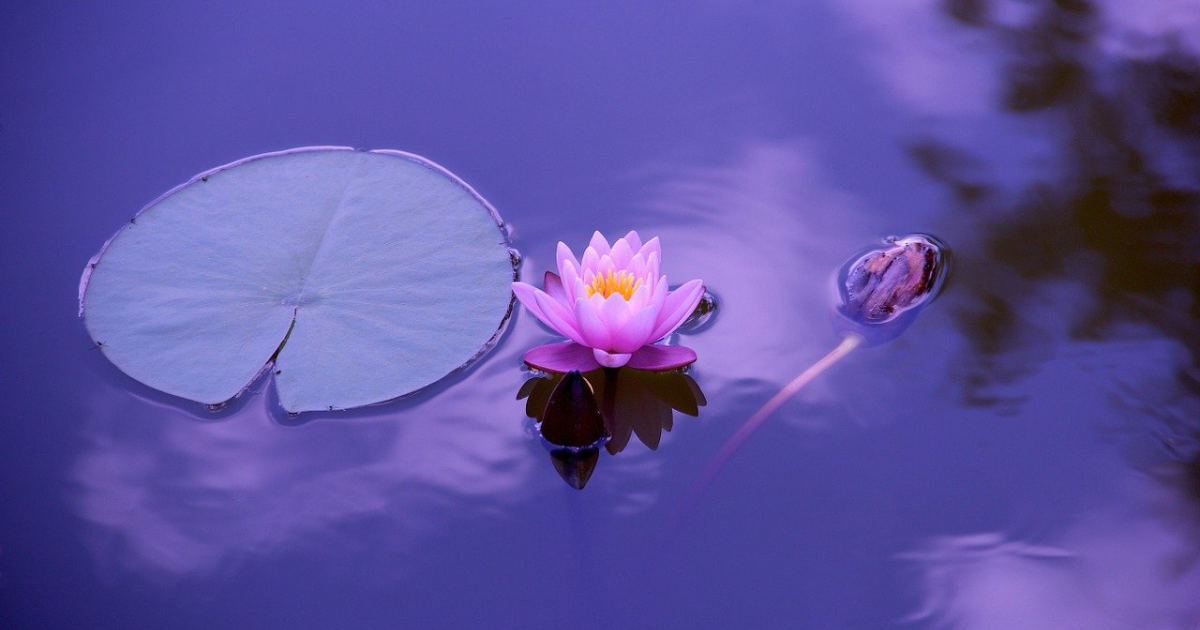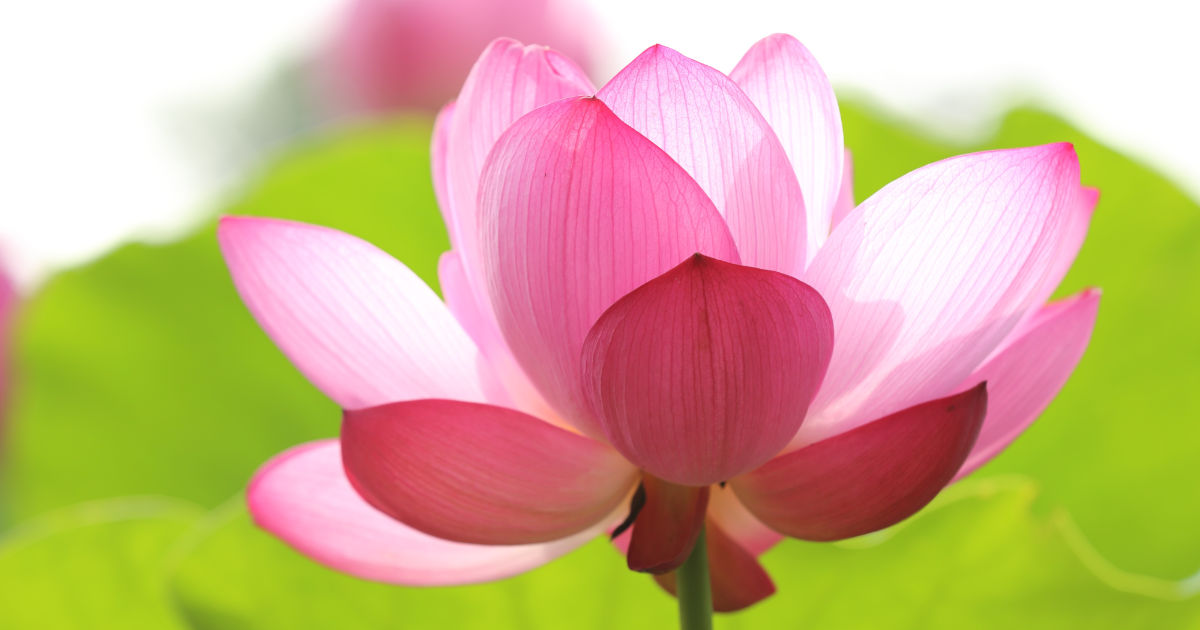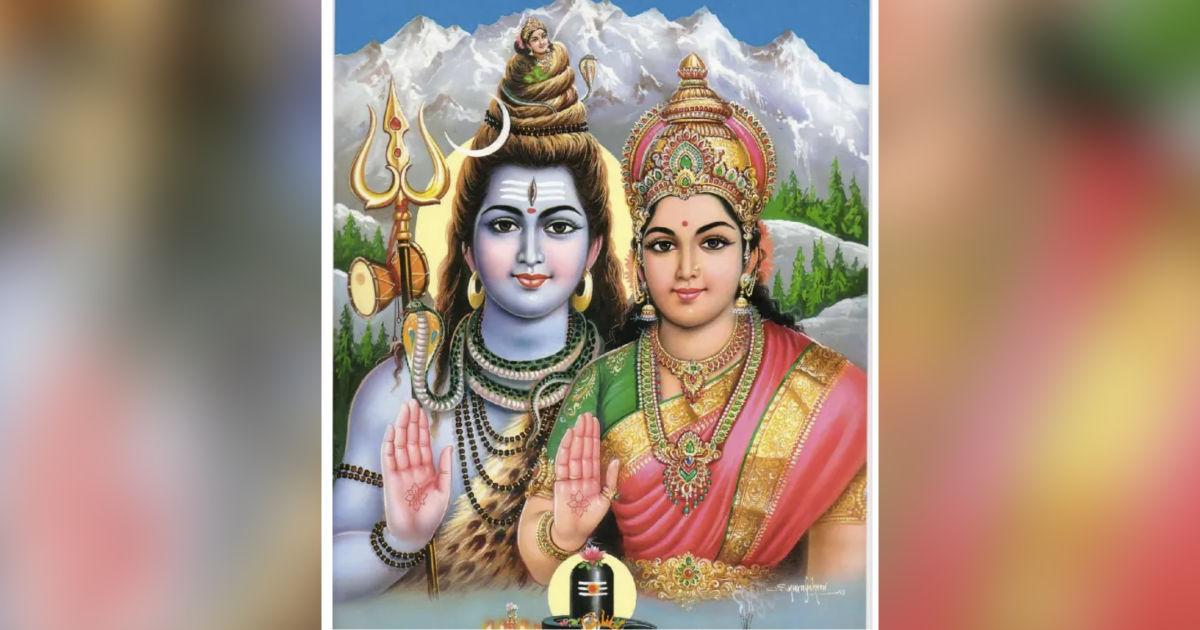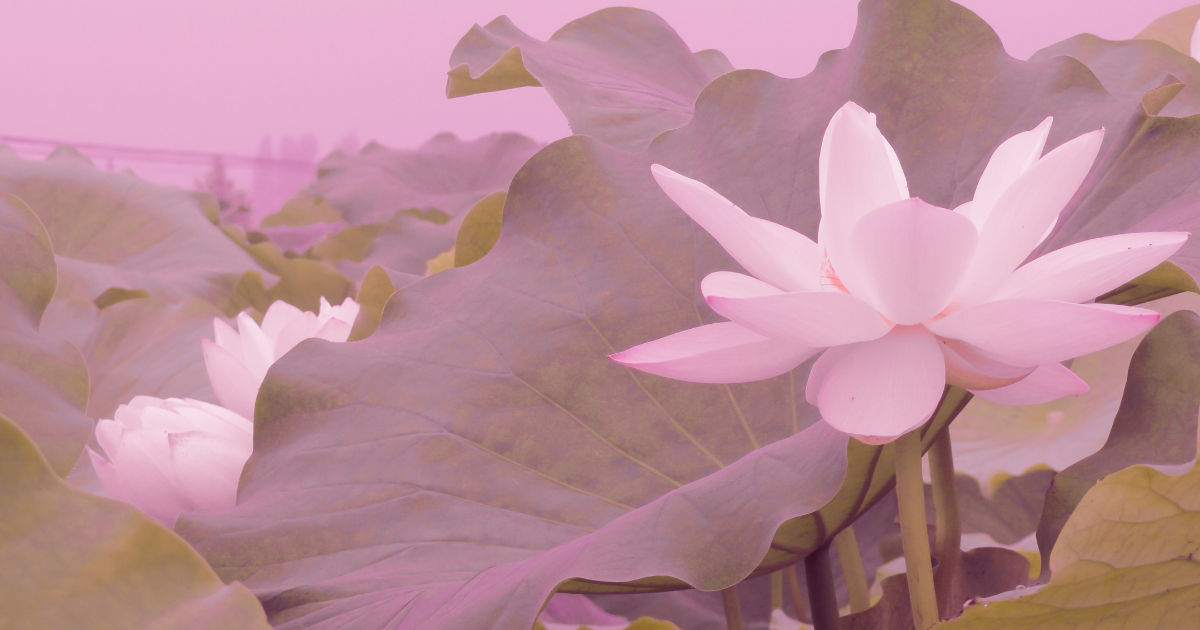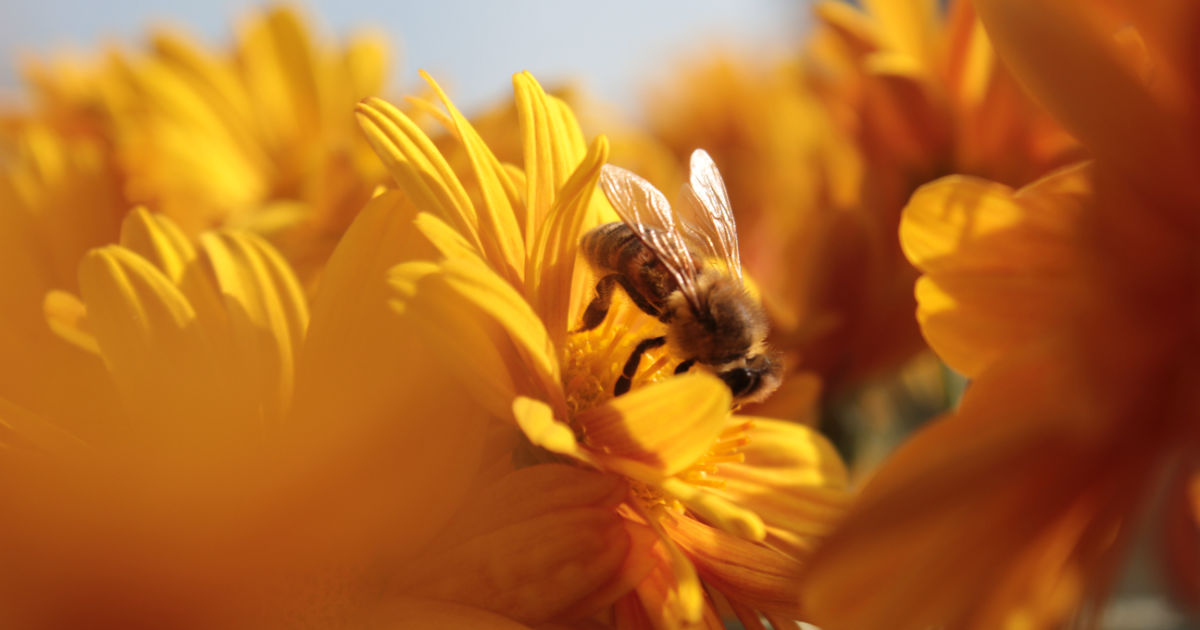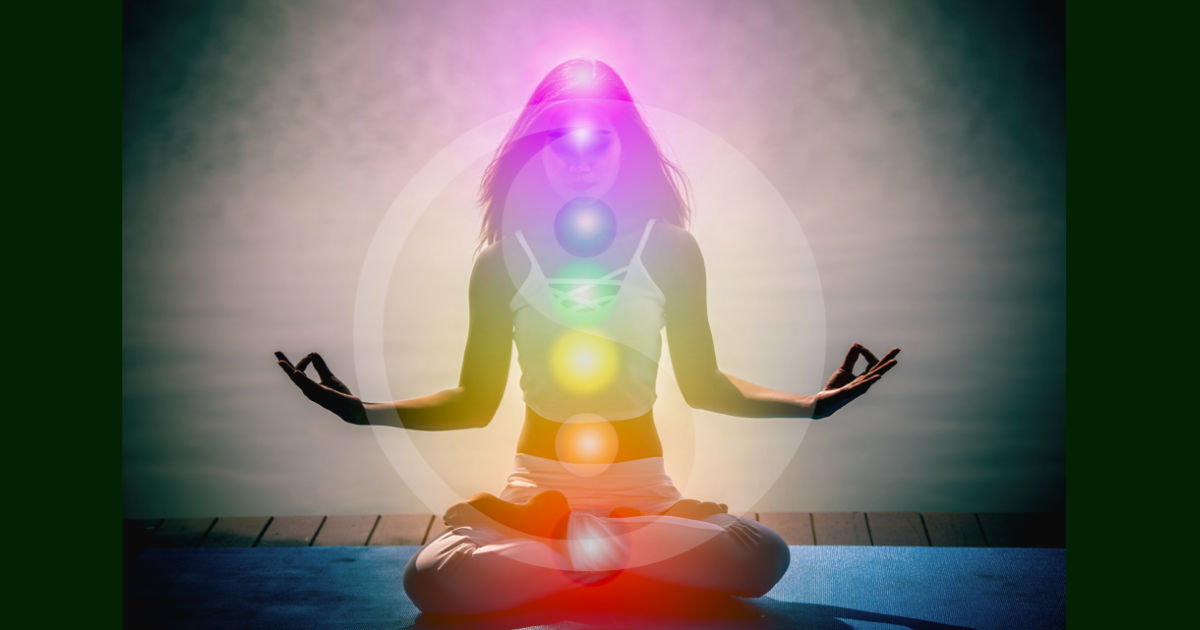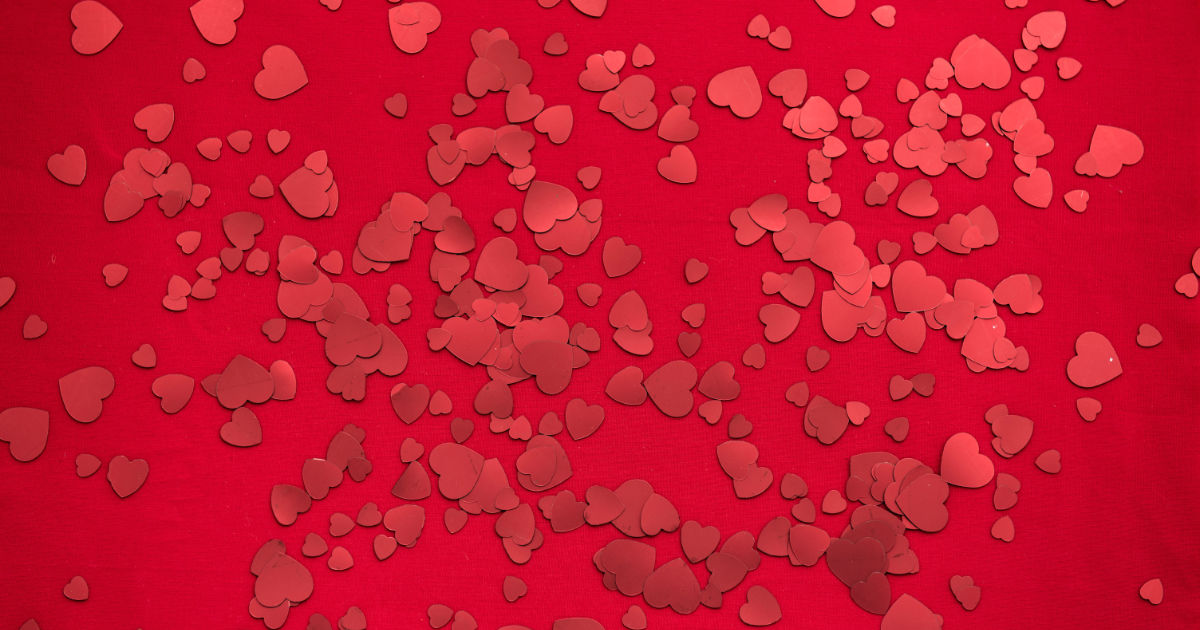Abandon all luxuries, go back to transparent and natural living. In order to enjoy real and lasting happiness lead an uncomplicated life. Immortality can only be attained by realizing the Self through plain living, practice of Yoga, self-control, mental discipline and meditation. Sadhana is the way. One has to reach a realm where there is neither light nor darkness, neither easy nor west, neither gain nor loss, a realm which can never be reached either by the mind or the senses. Sincerity in one’s spiritual sadhana, can enable one to evolve quickly. – Swami Sivananda.
Tag Archives: pranayama
719 – Freedom from what?
True liberation is freedom from attachments, desires and fears. It is the Yogic path which will lead us. The passage to Nirodha, to the state of Samadhi is not an easy voyage. It requires sadhana, self-discipline and wholehearted commitment. The change from tamo guna and rajo guna to sattva guna is a basic step. Continue reading
713 – What is happening to us?
We are influenced by our senses. They are affected by what is happening on social media. New phrases are being used on social media, and they can change our life. Continue reading
709 – Spite
Seemingly unwarranted and surely undeserved,
Spite is needless animosity that makes one unnerved.
Sarcastic words with no valid reason
Said in vicious tones leave the bond undone,
Sever the friendship with the loss of harmony
Some people perfect it with skills at mockery
Spite is a venom some can mask easily.
Cynthia Buhain-Baello Continue reading
705 – 365 days of the year practice forgiveness
What I cannot understand is that why should we seek forgiveness and grant forgiveness only on special days. In reality, my dear ones we should be practicing this three hundred and sixty-five days of the year. Forgiveness means different things to different people. It involves an intentional decision to become free of resentment and anger. It also means ridding oneself of hurts and offences. Continue reading
675 – Equals
Shiva and Parvati had an equal relationship, so why is it that it cannot be emulated by the human and animal species. I am so cross about what happened this morning. Continue reading
654 – A Hindu Ashram
Traditionally a Hindu Ashram is where the Guru lives with her/his family. People visit the Ashram to seek guidance and spiritual wisdom. Ashrams were founded as Hindu hermitages or places of seclusion. Ashrams play a very important role in Hindu culture. They are centers of spirituality and self-development and self-awareness. Continue reading
645 – Easy as pie
When one is starting the practice of Yoga, one is thinking only about one’s physical well-being. There is so much more to the practice and when one starts one experiences the benefits and realizes the power behind it. The sadhana is better than a sugar rush. It is simple, one learns to be aware, centered and detached, without pressure. It sounds complex but it is easy as a pie. Continue reading
637 – Worship of the Goddess
Excerpts from The Devi Gita.
The Goddess is addressed so by Himalaya.
O Goddess of the Gods, great ruler, ocean of compassion, Mother.
Her response: Continue reading
572 – Samskaras
The word samskara comes from the Sanskrit sam (complete or joined together) and kara (action, cause or doing). Samskaras are embedded in the Chitta, known as the subconscious mind. There it continues to be a subliminal action and become a samskara. Samskaras are the subtle impressions of our past actions. Actions which we perform with full awareness are the ones that make the greatest impressions on our mind. Continue reading
554 – Brahmari Sadhana
Transform yourself
Brahmari Sadhana is the practice of Brahmari pranayama, with the mantra Soham. In Sanskrit Brahmari is bee, and the pranayama is akin to a bee humming. It comes from the humming sound made while exhaling. Brahmari pranayama is the life-force that vibrates the whole brain by control of the pituitary gland. The pituitary gland is the master of all glands at the bottom of the brain that controls the entire nervous system. Continue reading
541 – Be blessed by the nine Goddesses
Purifying the pranas leads to the blessings of the nine incarnations of the Goddess. How does this happen? When one unblocks one’s prana the elements, nadis, chakras are cleared. Five keys are used, and these are the psychic breath, psychic sound, psychic center, psychic nadis and psychic symbol. Listed below are the nine forms and their influence on the chakras. Continue reading
534 – Allow Prana to make you free of your needs
I wrote earlier about being needy and how much I detested the word. I also described the practice of Anuloma Viloma, which is visualizing one’s breath while inhaling and exhaling. What is remarkable is that this sadhana unblocks the nostrils and allows the breath to flow freely. Please read the preceding blog. Continue reading
512 – Satyananda Yoga
In Satyananda Yoga Asana and Pranayama are the first and second steps. These steps give one an understanding of annamaya kosha, the experience of matter and pranayama kosha, the experience of energy. The balancing of matter and energy is enabled through the practice of asanas and pranayama the third and fourth step, the practice of pratyahara and dharana are taught, in order to make the mind one pointed. Continue reading
506 – Become a Valentinian
Today is Valentine’s Day and let us all try to become Valentinians. What should we experience to accomplish this?
Be connected with the yogic principles and Saint Valentine. Who was he? He was a compassionate and caring person, who looked after all of God’s creatures, from the lowest animal to mankind. He was a practitioner of atmabhava, lover of humanity and we celebrate his memory on this day. Continue reading

